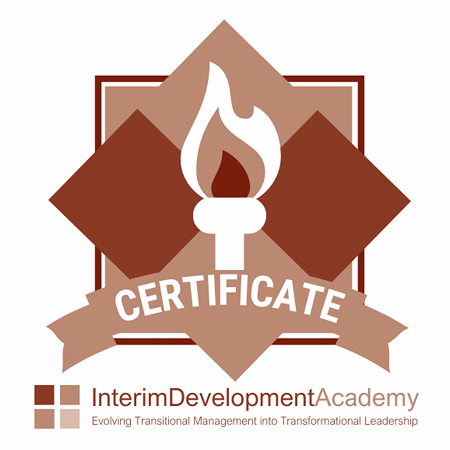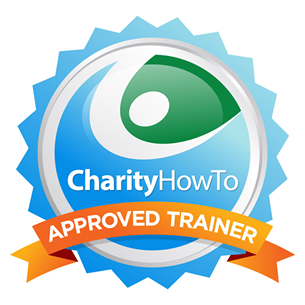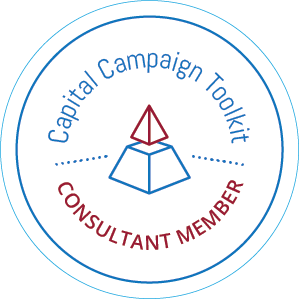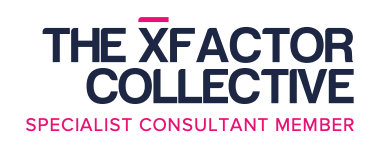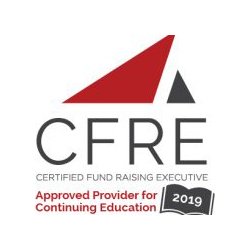Now that it is January, you may think that it is time to relax a bit after that hectic holiday season. However, now is the time to ensure that you have strong follow-up to your calendar year-end appeal.
If you have closed out one fundraising year completely by doing the needed follow-up, you have established a strong base and set your organization up well for success in the upcoming calendar year’s fundraising efforts. As they say, it is not over until it is over! And so, I have outlined several steps below that you can take this month to ensure that you have appropriate follow-up to maximize your calendar year-end efforts.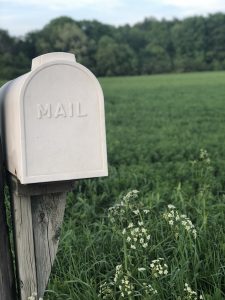
- Examine your largest donors who gave in 2018 and ensure that they made their gift by calendar year-end. If they have not yet made their gift, then it is time to contact them. You do not want your largest donors to lapse, as this will significantly impact the results of your campaign. Time to pick up the telephone or visit in person.
- Consider sending out a follow-up mail and/or email to those who did not respond to the year-end appeal. You should send this appeal out no later than late January. Perhaps your direct mail appeal got lost in all the holiday mail or in the flurry of appeals that were sent in. Now, as things have quieted down, is the time to send out one last appeal. Be sure to segment out all those who did give, whether doing mail or email or even both.
- Be sure that you send out all of your acknowledgements. Ensure that these acknowledgements are donor-centric and include the necessary updates and impact statements to demonstrate the impact a donor has had through their giving. Please do not mention that they helped you to reach your fundraising goal. This kind of wording will not inspire donors to give!
- Begin to assemble a late winter/early spring edition of your newsletter. As we all know, fundraising cannot be all about asking. We must share important updates, especially on the impact that a donor’s gift has made. Now is the time to get this newsletter ready. I urge that you send out both a print and online version. Many donors still read print!
- Prepare a Valentine’s or other such stewardship greeting to be sent sometime between now and the next appeal. Valentine’s Day is the perfect day to send a simple greeting of thanks “from the heart” to all of your donors, letting them know what they have made possible. This is a great way to engage clients in creating messaging for donors, whether it is through video, handmade cards, or notes. Use your creativity and be sure to connect messaging to your mission.
- Consider holding a phone bank around Valentine’s Day to call donors who have given to your calendar year-end appeal to thank them for their support. Again, “major” holidays are important stewardship times that you can use to have a significant stewardship impact.
So, while your thoughts may be on the new year ahead, let’s not forget the importance of doing a thorough clean-up job on last year’s appeal efforts. Now is the time, when mailboxes have “cooled down” and donors are back from their holidays, to ensure that you have maximized your efforts. Follow these steps above and you will set your organization’s development up for success in the coming year.
For a free, 30-minute consultation, or to learn more about our “Survive and Thrive” professional coaching services, visit us here at www.hireacfre.com or book your fundraising coaching session at http://calendly.com/developmentconsultingsolutions/30min.
Join my new nonprofit “tribe” who are surviving and thriving! Click HERE to join my private Facebook group: Nonprofit Survive and Thrive Mastermind and receive support and inspiration to drive your results.

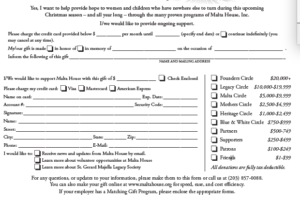 2 – Ensure that even your reply device includes your mission statement and perhaps even a donor impact statement. One reply device that I created for my client states “She had nowhere else to turn…but, you gave her hope and a home.”
2 – Ensure that even your reply device includes your mission statement and perhaps even a donor impact statement. One reply device that I created for my client states “She had nowhere else to turn…but, you gave her hope and a home.”

 l of $50,000, you would need a top gift of $12,500.
l of $50,000, you would need a top gift of $12,500.  r nonprofit organization and then share with you some next steps on how to prioritize that list.
r nonprofit organization and then share with you some next steps on how to prioritize that list.





